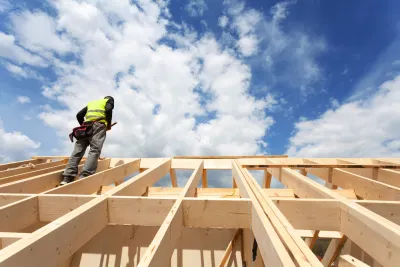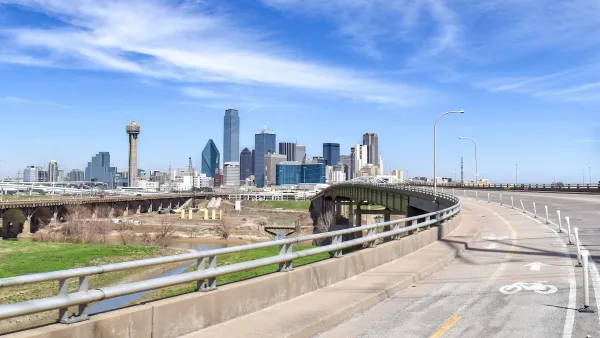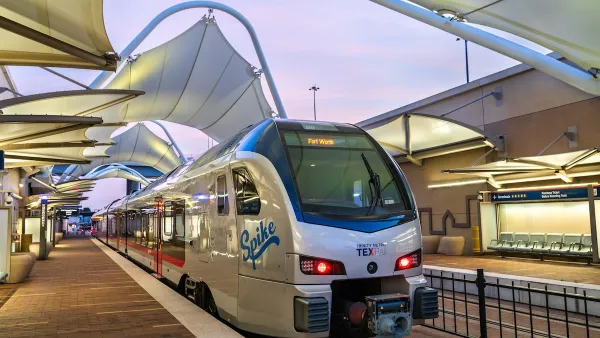How did recent projects in Baton Rouge, Dallas, and South Florida fare?

As the U.S. continues to grapple with issues of racial equity and justice, equitable development planning has emerged as a tool to address systemic inequity and advance inclusive investment strategies. In 2018 and 2019, JPMorgan Chase provided funding to 23 communities through the PRO Neighborhoods Competition to support the development of plans to advance equitable development in a range of neighborhoods experiencing disinvestment and neglect, including predominantly Black communities, racially and ethnically diverse low-income areas, and chronically distressed neighborhoods.
We had the opportunity to learn about the progress of these grantees by reviewing their final plans and interviewing a selection of the grantees. We’d like to share three key insights from their work.
No. 1— Root Equitable Development Planning in a Community’s History and Its Residents’ Experiences
In many cases, current neighborhood distress stems in part from unjust past policies and practices. By recognizing this history, and its continued disparate impact, communities can work to dismantle inequitable practices and construct new ones that explicitly and intentionally prioritize equity. This was the case in Baton Rouge, Louisiana, where one grantee, Build Baton Rouge (BBR), worked with residents to develop an equitable development plan as part of larger planning effort to address transit and public investment. BBR rooted the Imagine Plank Road plan in the community’s history, experience, and vision for the future.
The plan begins by chronicling the history of the neighborhood, including the white flight and disinvestment the area experienced following the end of segregation in the later part of the 20th century. As Christopher Tyson, executive director of BBR, explains, “If we begin with history, we remove the stigma from the people. . . . If you ride through Black communities and all you see is a collection of people who make poor choices, then you’re going to embrace solutions that likely further penalize, stigmatize, shame, and demean those people. If, however, you understand the failures of urban planning, finance, public and social policy, you are able to begin with people being humanized, valued, and centered.”
BBR led an experiential and participatory ...
FULL STORY: Lessons to Guide Future Equitable Development Planning

National Parks Layoffs Will Cause Communities to Lose Billions
Thousands of essential park workers were laid off this week, just before the busy spring break season.

Retro-silient?: America’s First “Eco-burb,” The Woodlands Turns 50
A master-planned community north of Houston offers lessons on green infrastructure and resilient design, but falls short of its founder’s lofty affordability and walkability goals.

Delivering for America Plan Will Downgrade Mail Service in at Least 49.5 Percent of Zip Codes
Republican and Democrat lawmakers criticize the plan for its disproportionate negative impact on rural communities.

Test News Post 1
This is a summary

Test News Headline 46
Test for the image on the front page.

Balancing Bombs and Butterflies: How the National Guard Protects a Rare Species
The National Guard at Fort Indiantown Gap uses GIS technology and land management strategies to balance military training with conservation efforts, ensuring the survival of the rare eastern regal fritillary butterfly.
Urban Design for Planners 1: Software Tools
This six-course series explores essential urban design concepts using open source software and equips planners with the tools they need to participate fully in the urban design process.
Planning for Universal Design
Learn the tools for implementing Universal Design in planning regulations.
EMC Planning Group, Inc.
Planetizen
Planetizen
Mpact (formerly Rail~Volution)
Great Falls Development Authority, Inc.
HUDs Office of Policy Development and Research
NYU Wagner Graduate School of Public Service





























